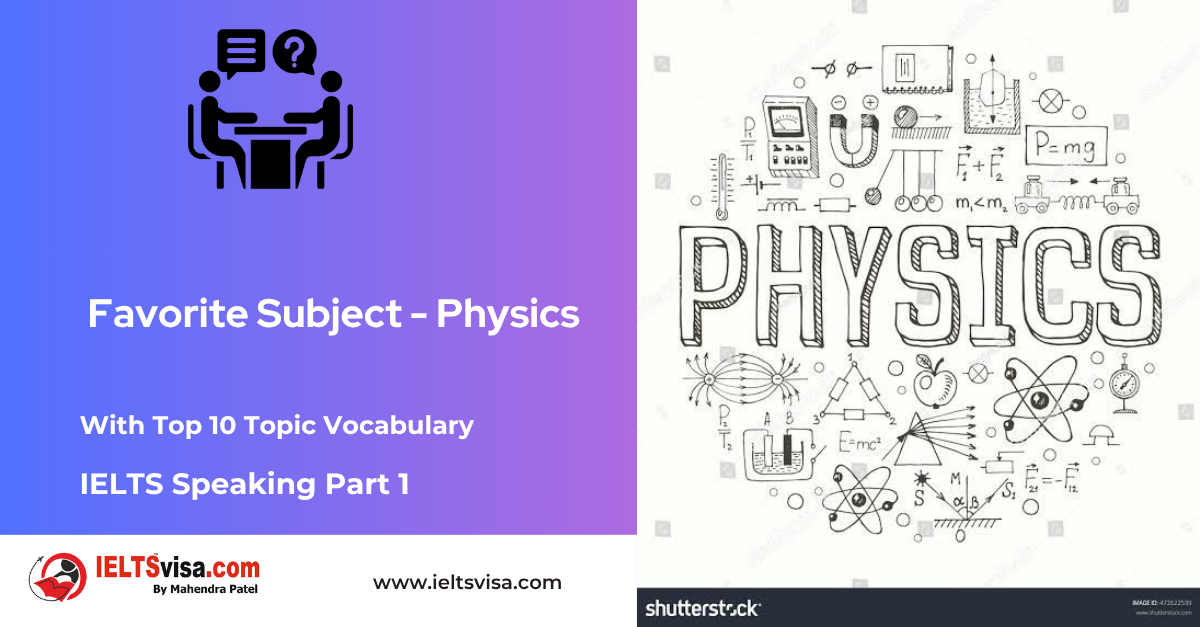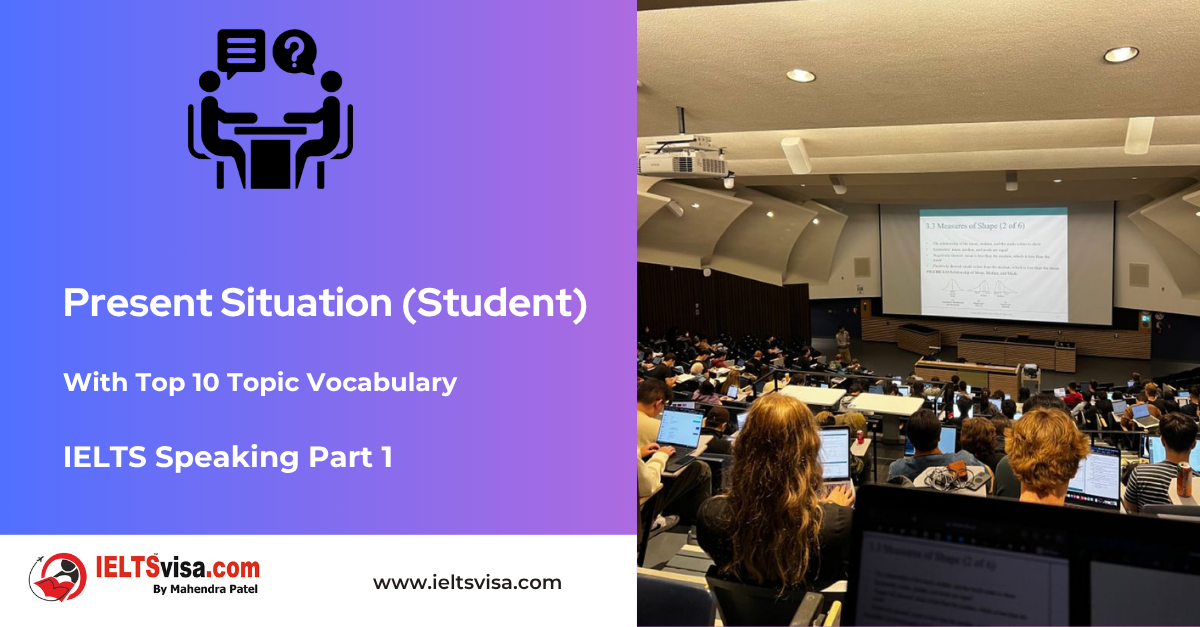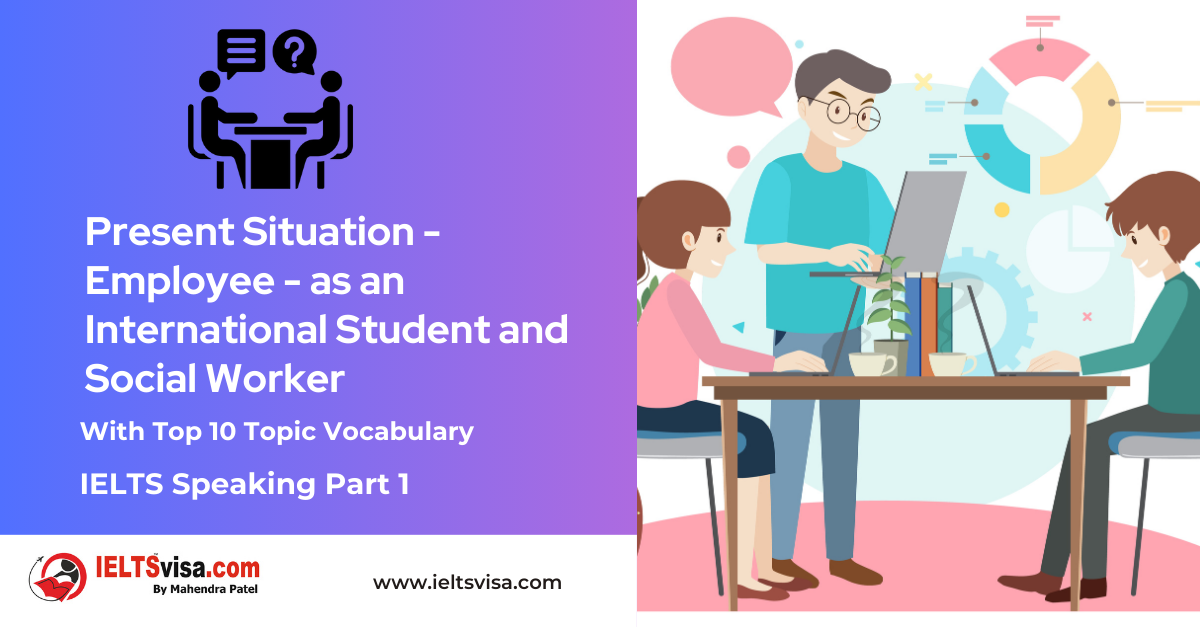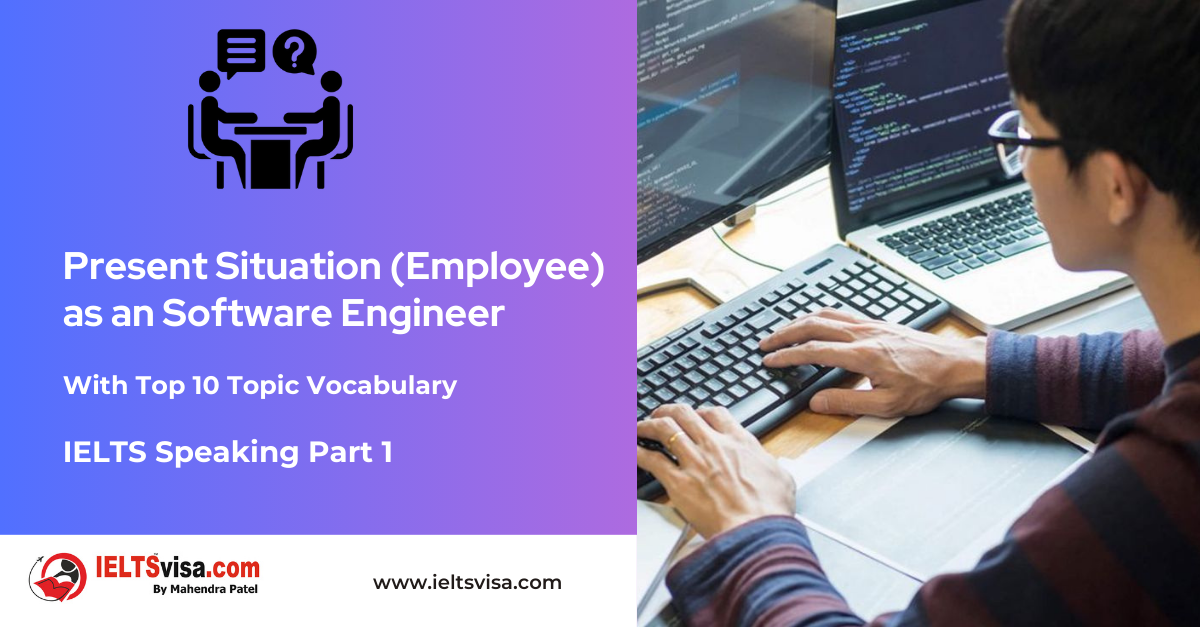Conjunctions and Prepositions
Grammar for IELTS
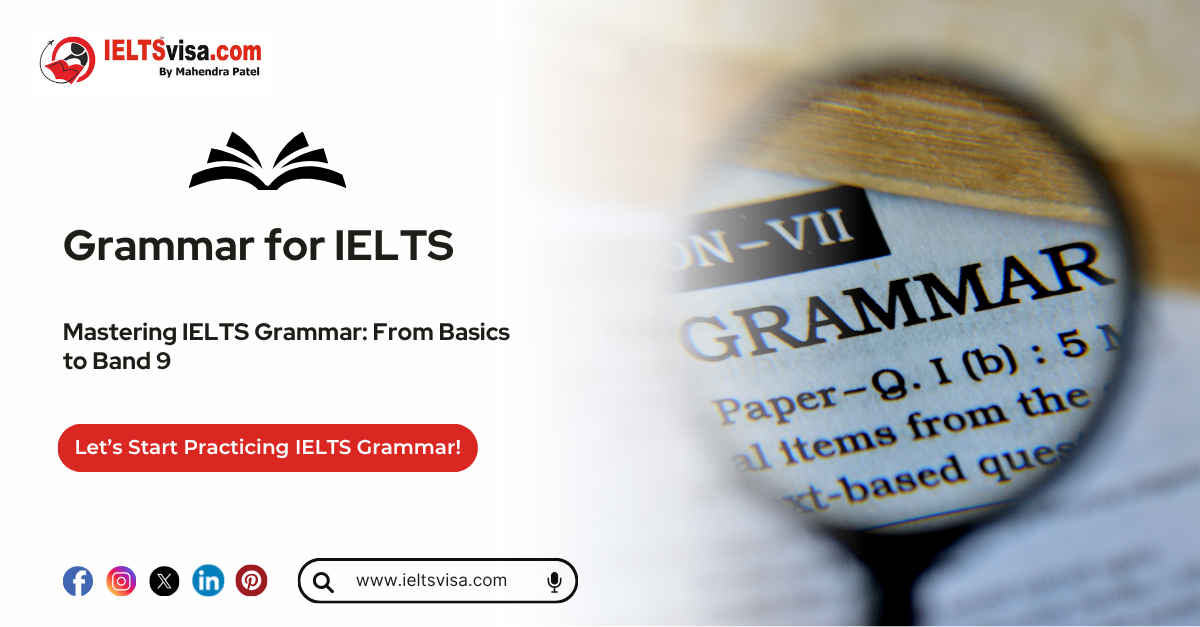
Conjunctions and Prepositions
Conjunctions and prepositions are essential elements in English grammar, acting as connectors and clarifiers in sentences. They help articulate relationships between words, phrases, and ideas. Whether you’re a beginner or aiming to polish your English, understanding conjunctions and prepositions will significantly enhance your writing and speaking abilities.
Table of Contents
1. What Are Conjunctions?
-
- Definition
- Types of Conjunctions
- Rules for Using Conjunctions
2. Common Conjunctions and Examples
-
- Coordinating Conjunctions
- Subordinating Conjunctions
- Correlative Conjunctions
3. What Are Prepositions?
-
- Definition
- Importance of Prepositions
4. Types of Prepositions
-
- Prepositions of Time
- Prepositions of Place
- Prepositions of Direction/Movement
- Prepositions of Manner, Cause, or Reason
5. Rules for Using Prepositions
6. Conjunctions vs. Prepositions
-
- Key Differences
- Examples
7. Common Mistakes and How to Avoid Them
8. Conjunctions and Prepositions in Sentences
9. Practice Exercises
10. FAQs on Conjunctions and Prepositions
11. Tips for Mastery
1. What Are Conjunctions?
Definition
Conjunctions are words used to connect words, phrases, or clauses in a sentence. They act as bridges, allowing ideas to flow smoothly and logically.
Types of Conjunctions
1. Coordinating Conjunctions: Connect two equal parts of a sentence (e.g., and, but, or).
2. Subordinating Conjunctions: Link a dependent clause to an independent clause (e.g., because, although, since).
3. Correlative Conjunctions: Work in pairs to join elements (e.g., either…or, neither…nor).
Rules for Using Conjunctions
-
- Ensure the conjunction fits the context of the sentence.
- Avoid overusing conjunctions, as it can make sentences lengthy and confusing.
- Maintain parallel structure when using conjunctions.
2. Common Conjunctions and Examples
Coordinating Conjunctions
These conjunctions connect words, phrases, or clauses of equal importance.
Examples:
-
- And: Combines similar ideas.
- She loves painting and drawing.
- But: Contrasts ideas.
- He wanted to go to the party, but he was too tired.
- Or: Presents alternatives.
- Would you like tea or coffee?
- And: Combines similar ideas.
Subordinating Conjunctions
These introduce a subordinate clause, explaining why, when, or how something happened.
Examples:
-
- Because: Indicates reason.
- She stayed home because it was raining.
- Although: Indicates contrast.
- Although he was tired, he continued working.
- Since: Indicates time or reason.
- He has been happy since he got a new job.
- Because: Indicates reason.
Correlative Conjunctions
These conjunction pairs ensure balance and clarity.
Examples:
-
- Either…or: Presents choices.
- You can either walk or take the bus.
- Neither…nor: Presents negative choices.
- She likes neither tea nor coffee.
- Either…or: Presents choices.
3. What Are Prepositions?
Definition
Prepositions are words used to show relationships between a noun or pronoun and other words in a sentence. They often describe time, place, direction, or cause.
Importance of Prepositions
-
- Add clarity to sentences.
- Help specify relationships and meanings.
- Enhance the logical flow of ideas.
4. Types of Prepositions
Prepositions of Time
These describe when something happens.
Examples:
At: Specific times.
-
-
-
- The meeting starts at 3 PM.
-
-
On: Days and dates.
-
-
-
- She was born on Monday.
-
-
In: Longer periods.
-
-
-
- We will visit her in December.
-
-
Prepositions of Place
These describe where something is.
Examples:
At: Specific points.
-
-
-
- She is waiting at the bus stop.
-
-
In: Inside something.
-
-
-
- The books are in the bag.
-
-
On: Surfaces.
-
-
-
- The keys are on the table.
-
-
Prepositions of Direction/Movement
These describe the movement of something from one place to another.
Examples:
To: Shows direction.
-
-
-
- She is going to school.
-
-
Into: Movement inside.
-
-
-
- He walked into the room.
-
-
Prepositions of Manner, Cause, or Reason
These describe how, why, or under what circumstances something happens.
Examples:
By: Indicates the agent.
-
-
-
- The book was written by her.
-
-
Because of: Indicates reason.
-
-
-
- The event was canceled because of the storm.
-
-
5. Rules for Using Prepositions
1. Prepositions are always followed by a noun or pronoun, not a verb.
-
- Correct: He is fond of painting.
- Incorrect: He is fond of paint.
2. Avoid ending sentences with prepositions (in formal writing).
-
- Informal: Where are you at?
- Formal: Where are you?
3. Use the correct preposition for the context.
-
- Correct: She is good at math.
- Incorrect: She is good on math.
6. Conjunctions vs. Prepositions
| Aspect | Conjunctions | Prepositions |
| Function | Connect words, phrases, or clauses | Show relationships between nouns or pronouns and other words |
| Examples | and, but, because | in, on, at, because of |
| Usage | Join parts of sentences | Link nouns/pronouns to other words |
7. Common Mistakes and How to Avoid Them
1. Confusing prepositions with conjunctions:
-
- Incorrect: He stayed because the rain.
- Correct: He stayed because of the rain.
2. Using the wrong preposition:
-
- Incorrect: She is interested on art.
- Correct: She is interested in art.
8. Conjunctions and Prepositions in Sentences
Examples of Conjunctions:
-
- I wanted to go out, but it started raining.
- You can have coffee or tea.
Examples of Prepositions:
-
- The cat is hiding under the bed.
- We arrived at the station on time.
9. Practice Exercises
1. Fill in the blanks with appropriate conjunctions:
-
- She wanted to go to the park, _______ it was closed.
- I will visit you _______ I finish my homework.
2. Fill in the blanks with appropriate prepositions:
-
- The book is lying _______ the table.
- They were born _______ December.
Answers:
1. but, after.
2. on, in.
Tips for Mastery
1. Read regularly: Observe the usage of conjunctions and prepositions in books and articles.
2. Practice exercises: Test your knowledge with quizzes and worksheets.
3. Learn context-specific rules: Understand how different prepositions are used in varying contexts.
FAQs on Conjunctions and Prepositions
Q1. Can a word function as both a conjunction and a preposition?
Yes, some words, like “since” and “because of,” can function as both.
Q2. Is it okay to end a sentence with a preposition?
In informal English, it’s acceptable. However, in formal writing, it’s better to avoid it.

Our Books
Master IELTS Speaking Part 1
IELTS Writing Task 1 Book
IELTS Writing Task 2 Book
Practice IELTS Other Modules
IELTS Listening
The IELTS Listening test assesses how well you can understand spoken English in various contexts. It lasts about 30 minutes and is divided into four sections with a total of 40 questions. The listening tasks become increasingly difficult as the test progresses.
IELTS Academic Reading
The IELTS Academic Reading section assesses your ability to understand and interpret a variety of texts in academic settings. It is designed to evaluate a range of reading skills, including skimming for gist, reading for main ideas, reading for detail, understanding inferences, and recognizing a writer's opinions and arguments.
IELTS Speaking
The IELTS Speaking test assesses your ability to communicate in English on everyday topics. It lasts 11-14 minutes and consists of three parts: introduction, cue card, and a discussion based on the cue card topic.
IELTS General Reading
IELTS General Reading tests your ability to understand and interpret various types of texts. Here are some key areas and types of content you can expect to encounter in the reading section, along with tips for effective preparation.
IELTS Academic Writing Task 1
In IELTS Academic Writing Task 1, you are presented with a visual representation of information, such as graphs, charts, tables, or diagrams, and you are required to summarize, compare, or explain the data in your own words.
IELTS General Writing Task 1
In IELTS General Writing Task 1, you are required to write a letter based on a given situation. The letter can be formal, semi-formal, or informal, depending on the prompt. Here’s a breakdown of the key components to include in your letter
IELTS Academic Writing Task 2
In IELTS Academic Writing Task 2, you are required to write an essay in response to a question or topic. Here’s a guide to help you understand the essential elements of this task
IELTS Exam Tips
To succeed in the IELTS exam, practice regularly, familiarize yourself with the test format, improve your vocabulary, develop time management skills, and take mock tests to build confidence.
Grammer for IELTS
Grammar is the foundation of effective communication in English. Understanding tense usage, subject-verb agreement, and sentence structure enhances clarity and coherence in writing and speaking.
Vocabulary for IELTS
Vocabulary plays a crucial role in the IELTS (International English Language Testing System) exam, especially in the Speaking and Writing sections. Here’s an overview of why vocabulary is important and how it impacts your performance
RECENT IELTS SAMPLES QUESTIONS AND ANSWERS
IELTS Speaking Part 1 – Favourite Sujbect – Physics
IELTS Speaking Part 1 - Favourite Sujbect - Physics Q: What is your favourite subject? A: My favourite subject...
IELTS Speaking Part 1 – Present Situation (Student)
IELTS Speaking Part 1 - Present Situation (Student) Q1: Are you a student or do you work?A: I’m a full-time...
IELTS Speaking Part 1 – Present Situation – Employee – as an International Student and Social Worker
IELTS Speaking Part 1 - Present Situation - Employee - as an International Student and Social Worker Q1: Are...
IELTS Speaking Part 1 – Persent Situation – Employee- as an Electric Engineer
IELTS Speaking Part 1 - Persent Situation - Employee- as an Electric Engineer Q1: What do you do for a...
IELTS Speaking Part 1 – Persent Situation – Employee – as an Software Engineer
IELTS Speaking Part 1 - Persent Situation - Employee - as an Software Engineer Q1: What do you do for a...
IELTS Speaking Part 1 – Persent Situation – Married
IELTS Speaking Part 1 - Persent Situation - Married Q1: Are you married?A: Yes, I am married. My spouse and I...

